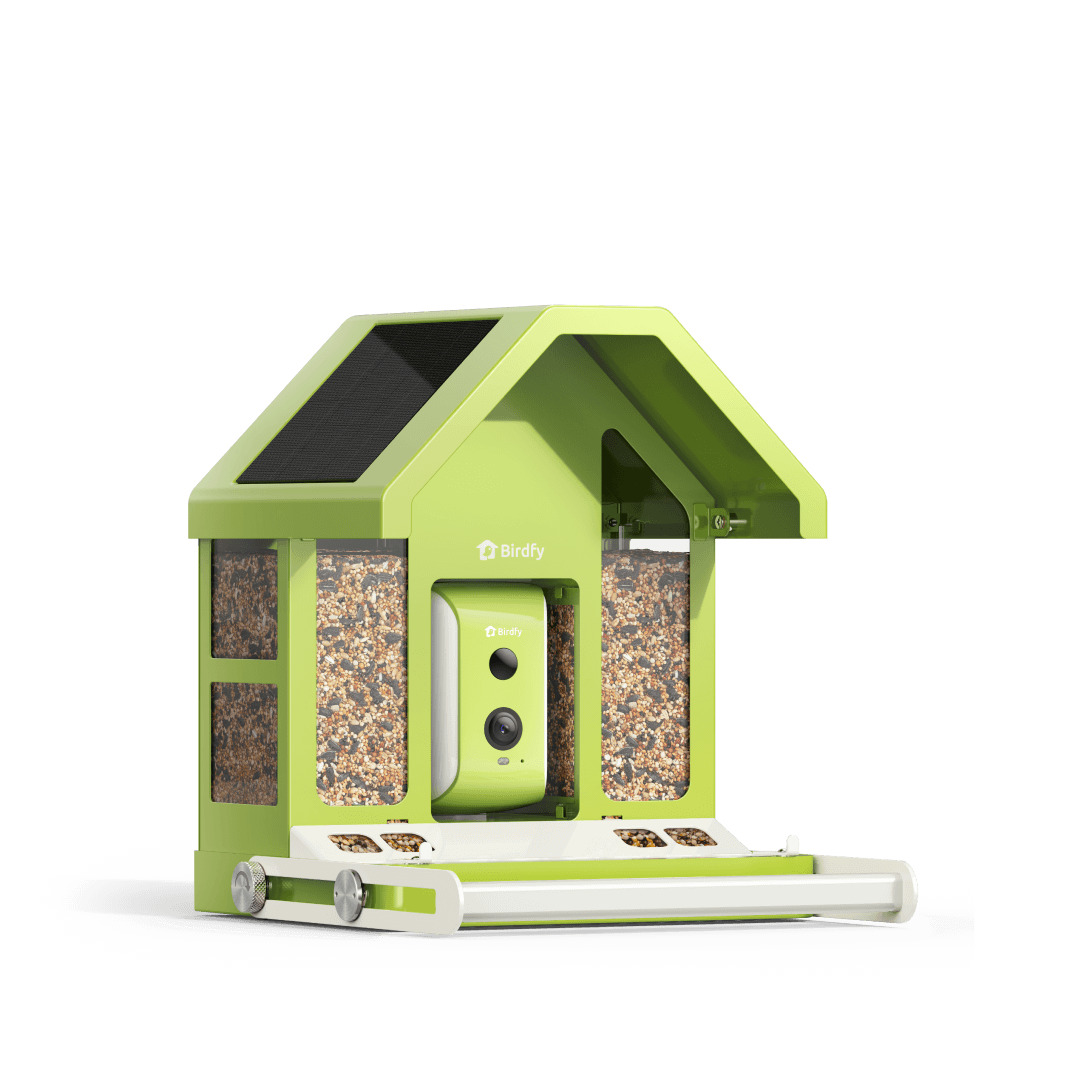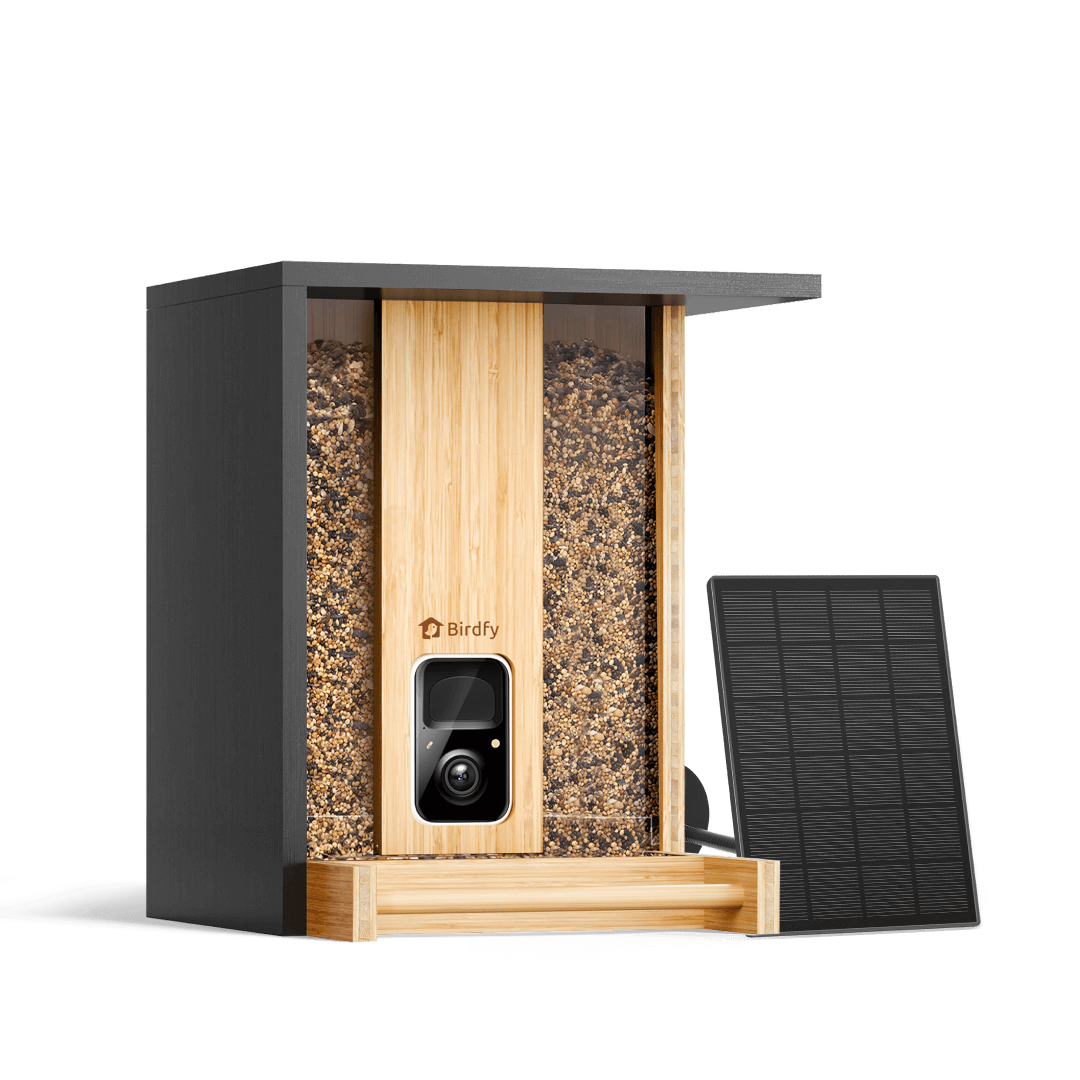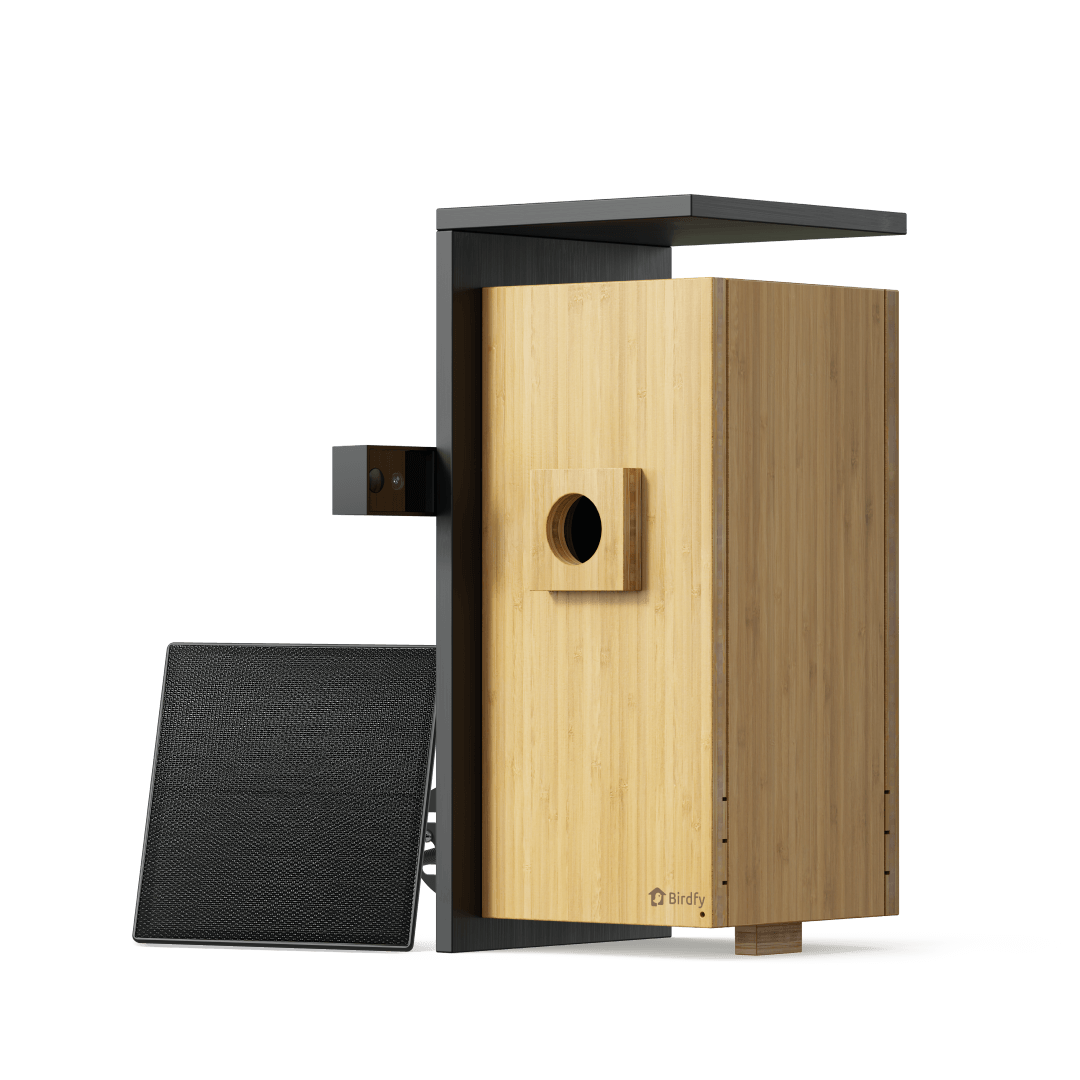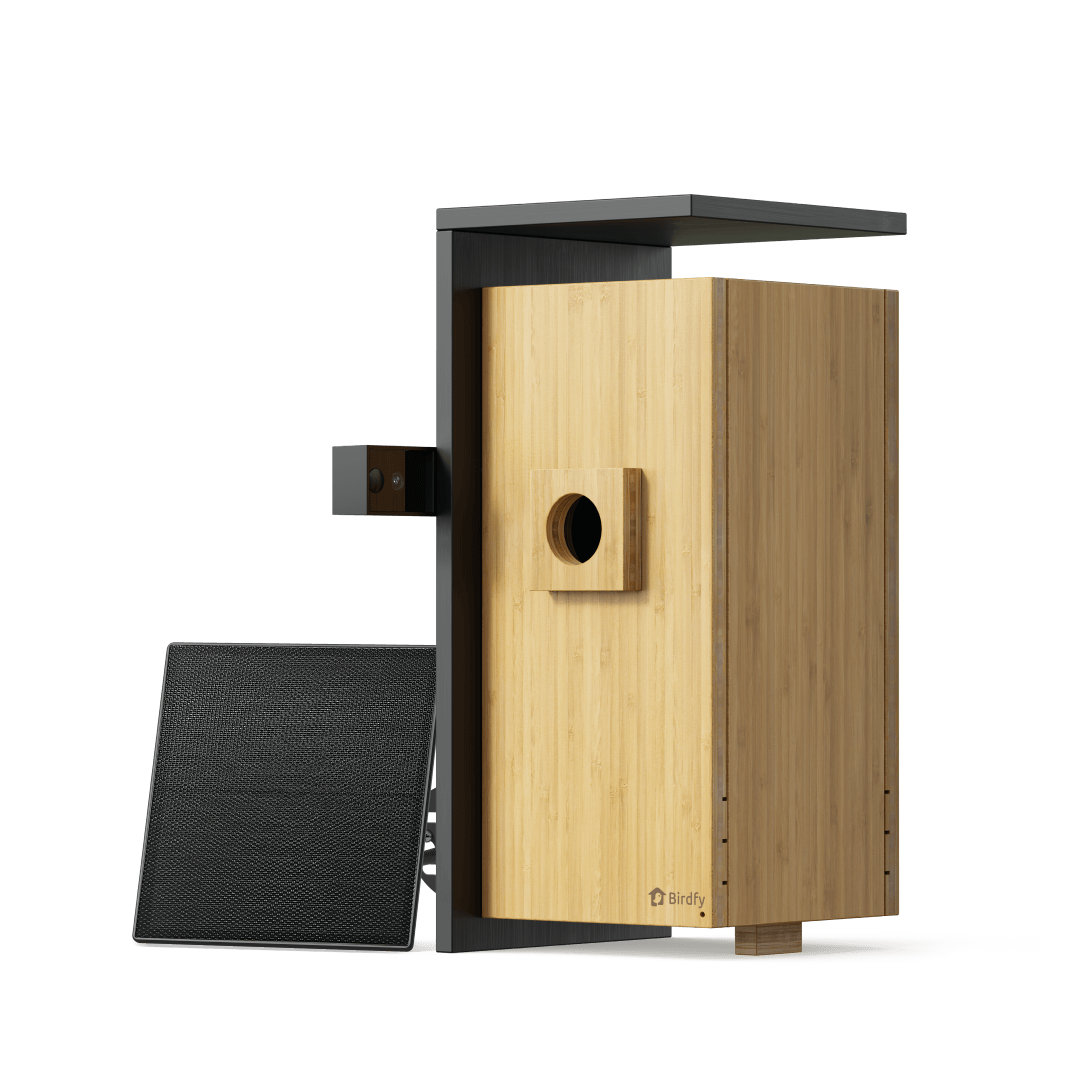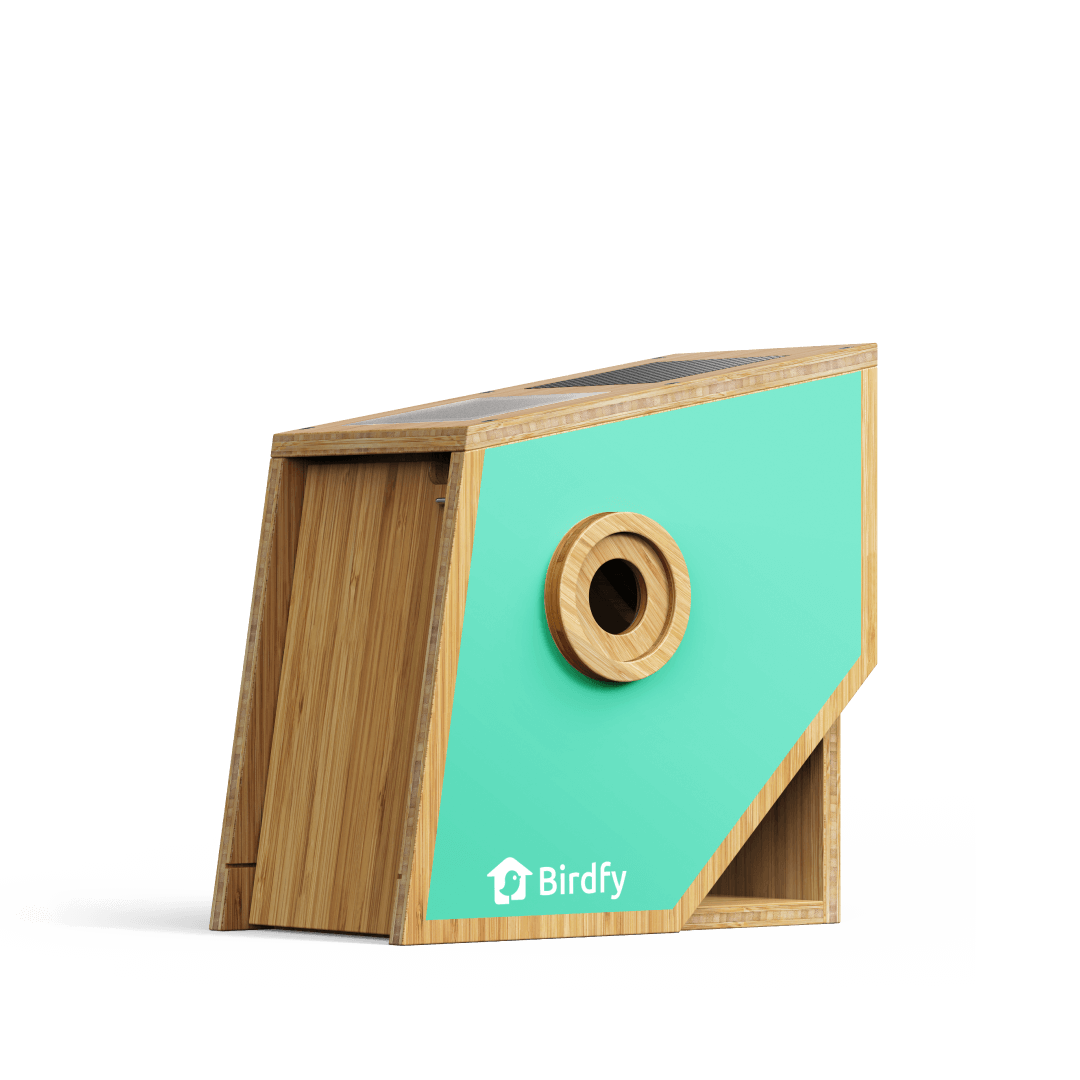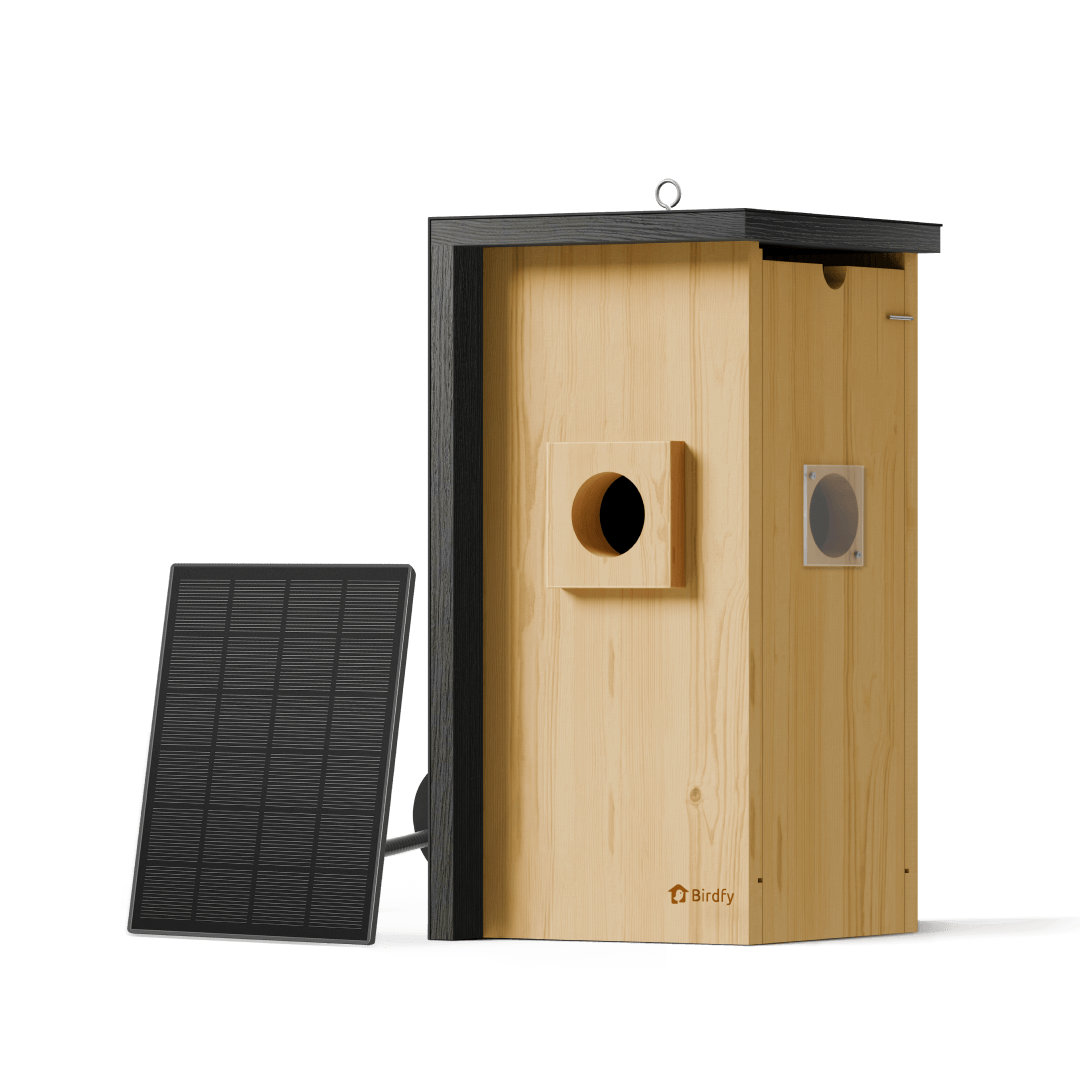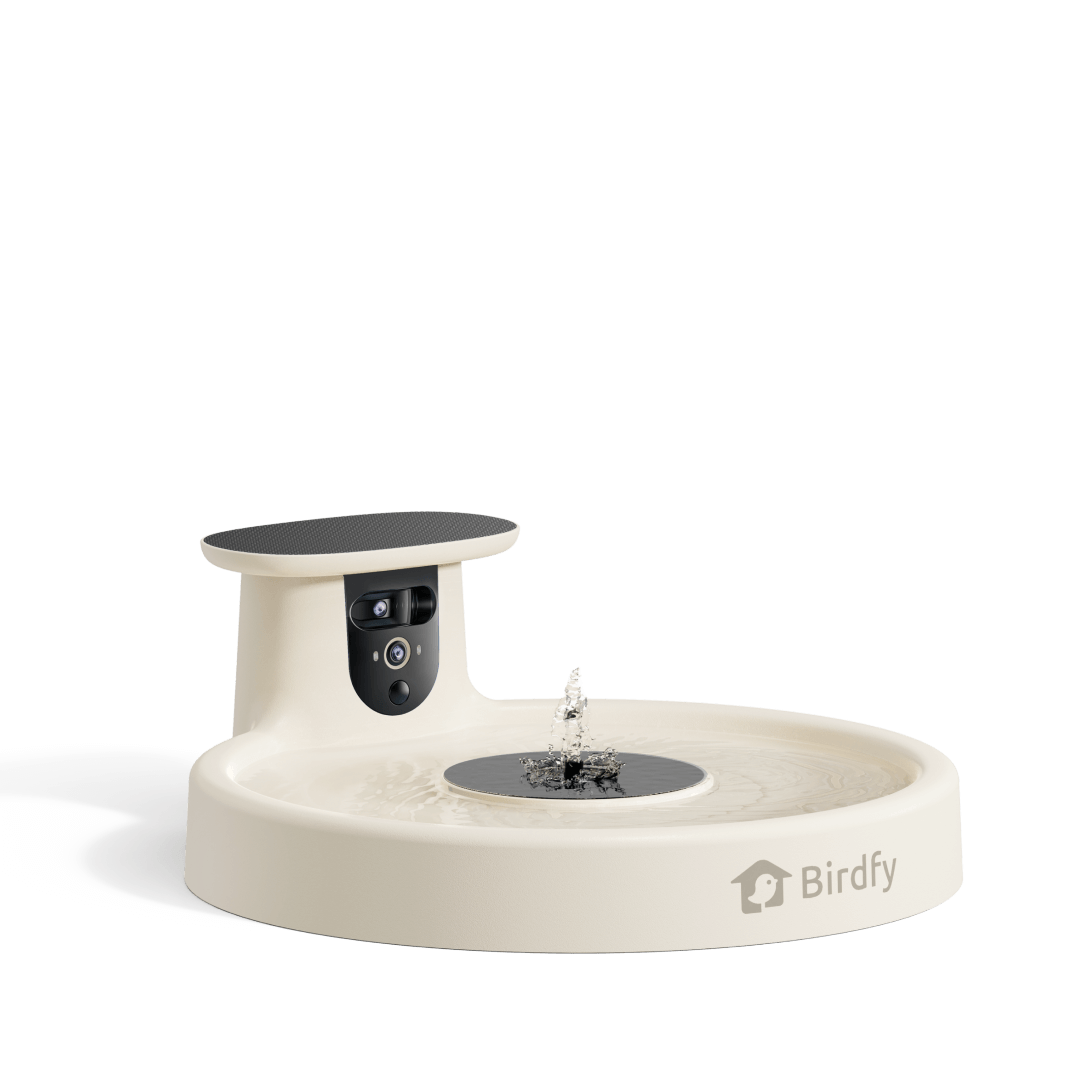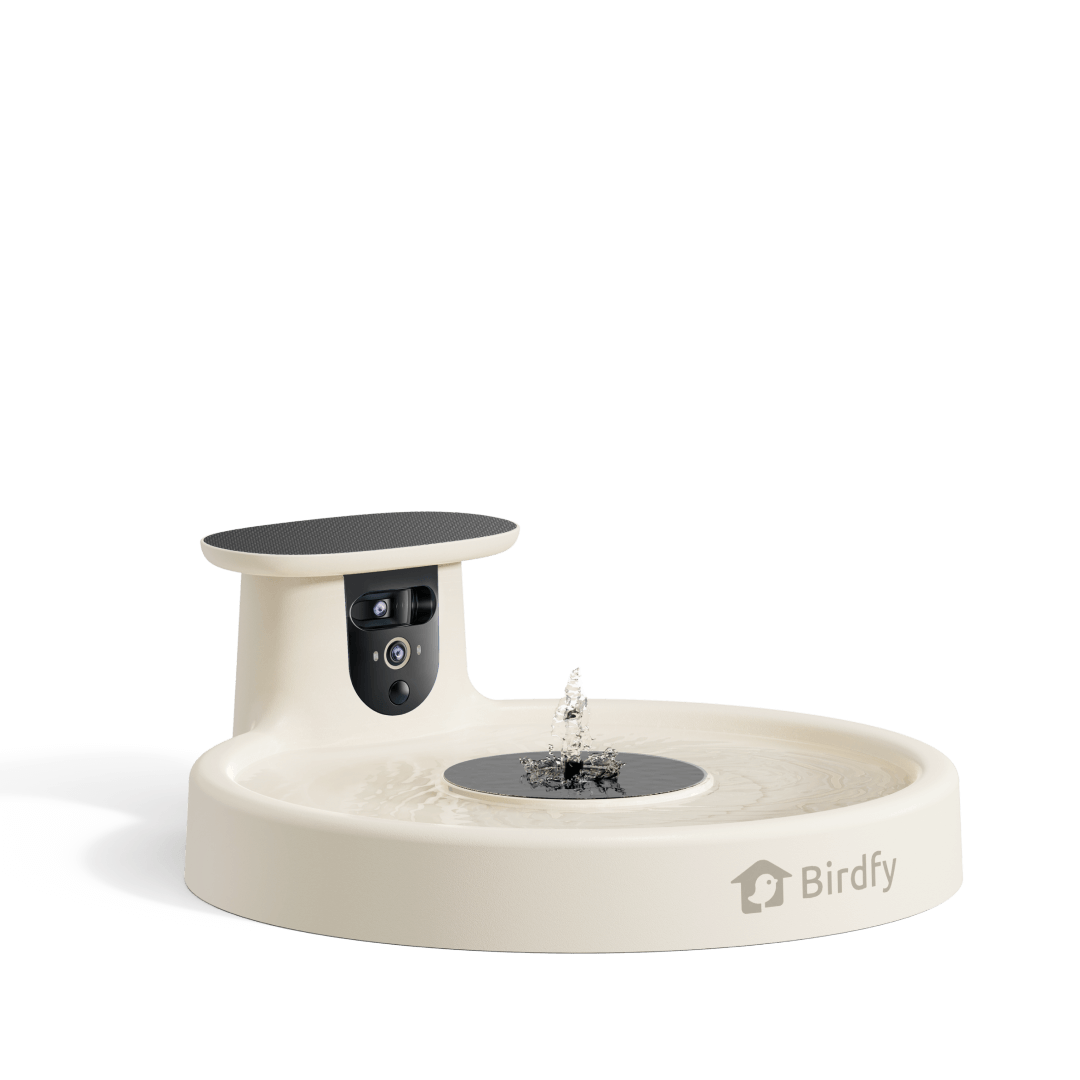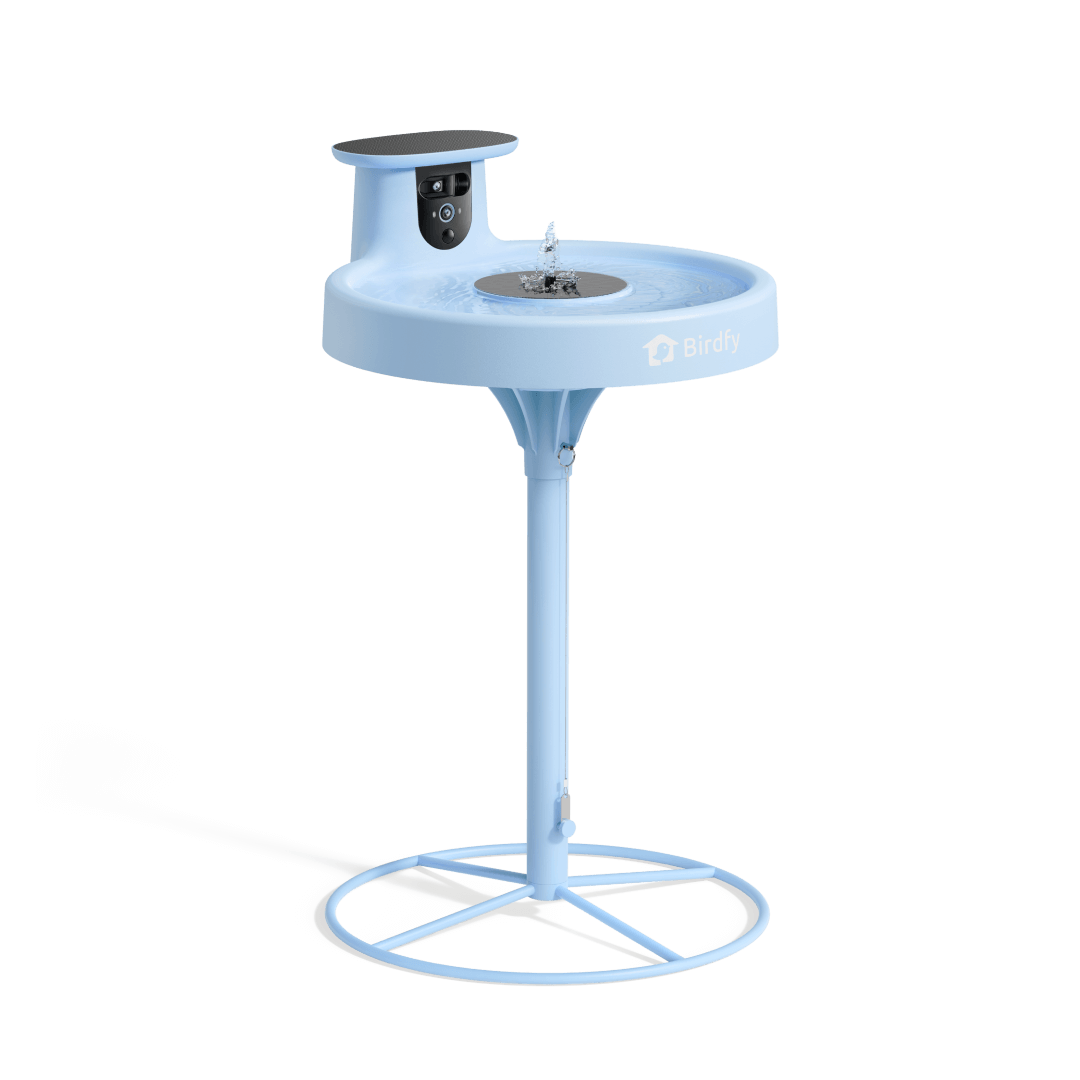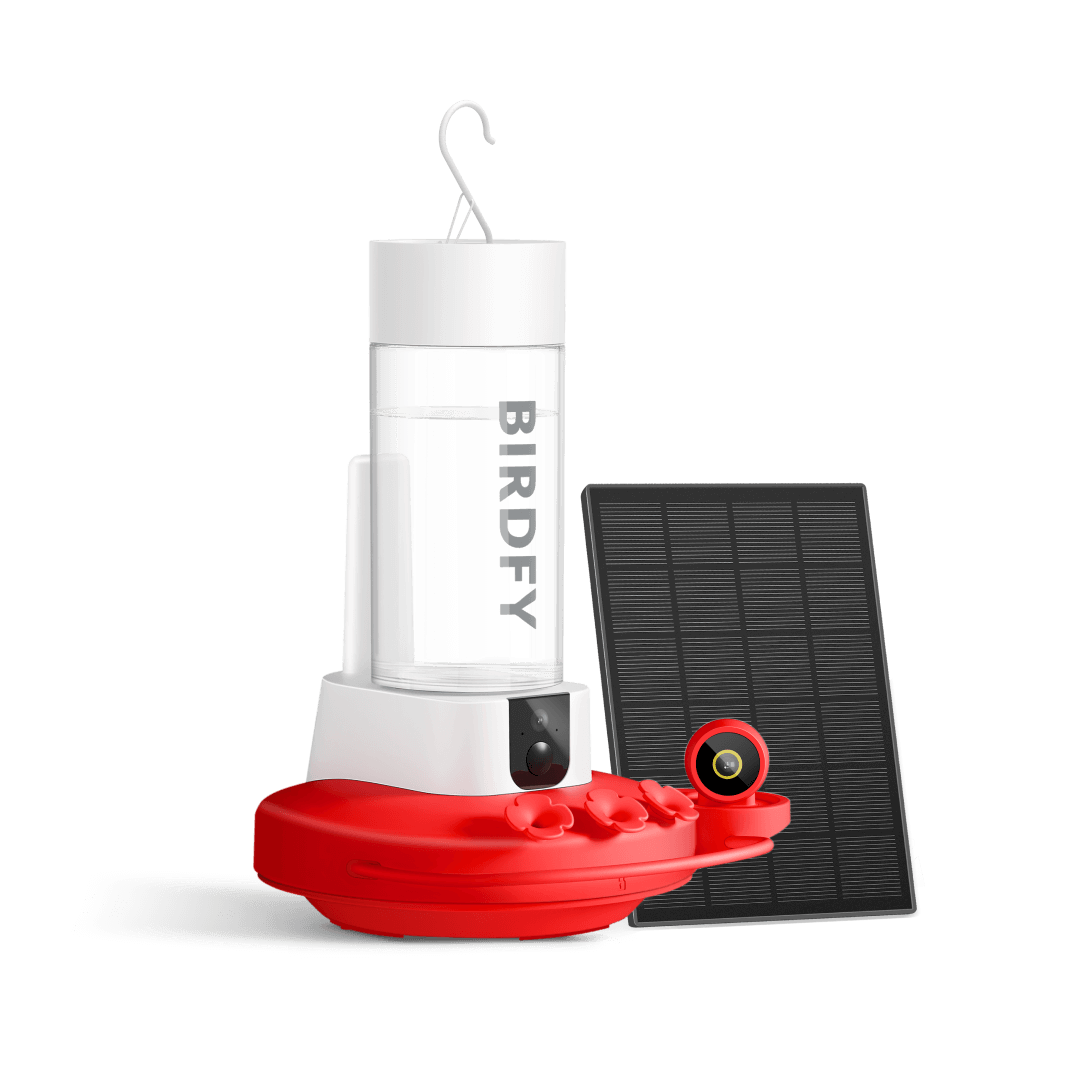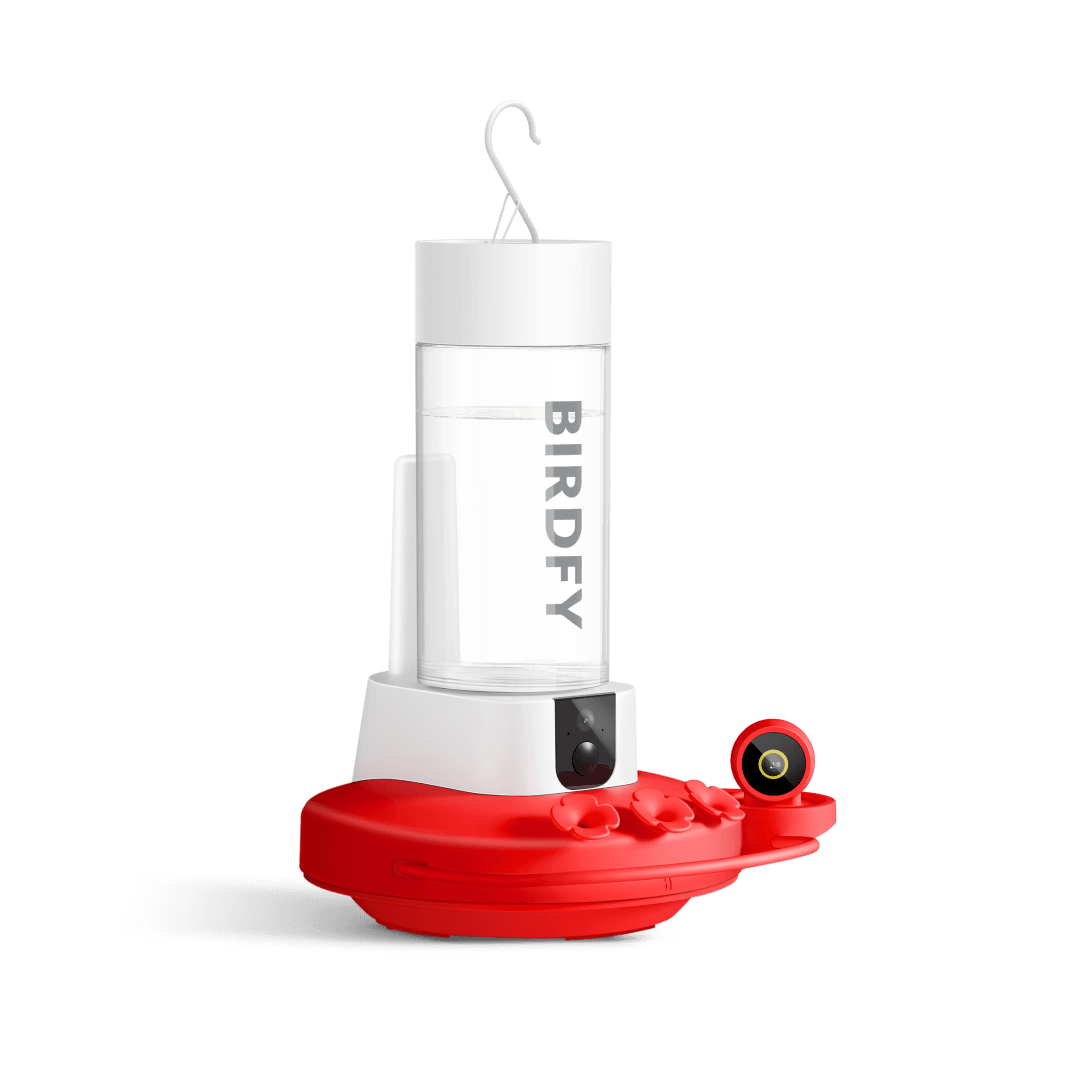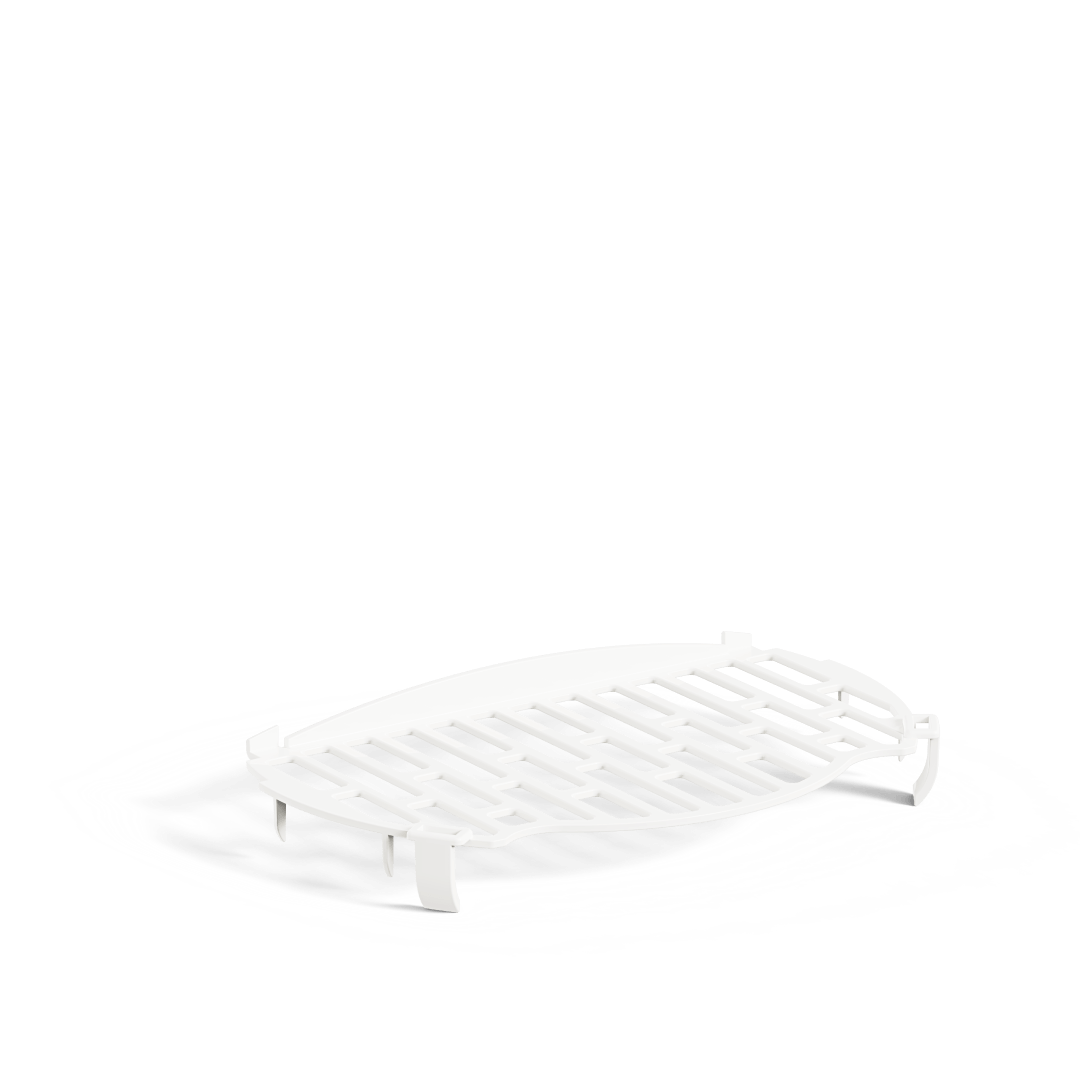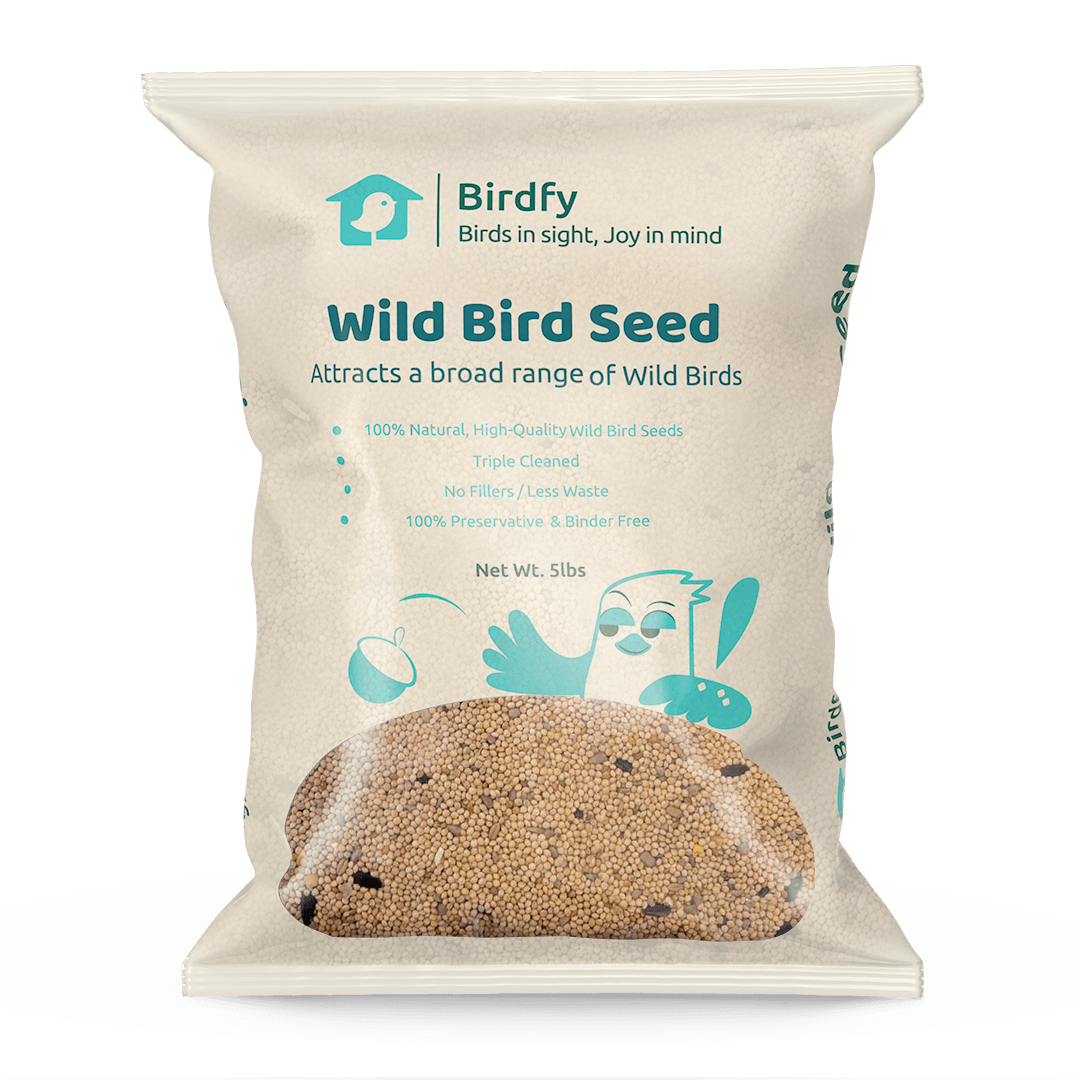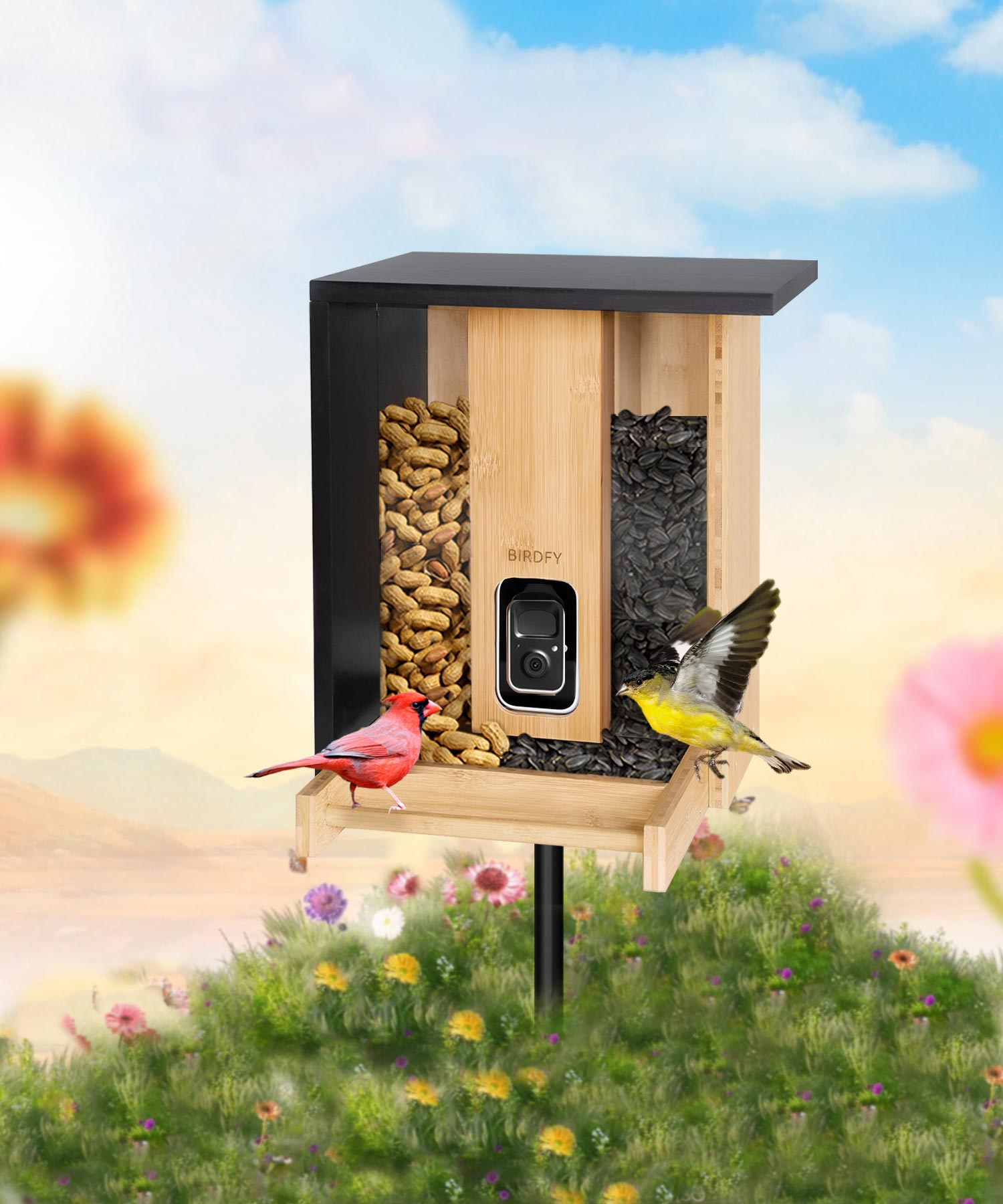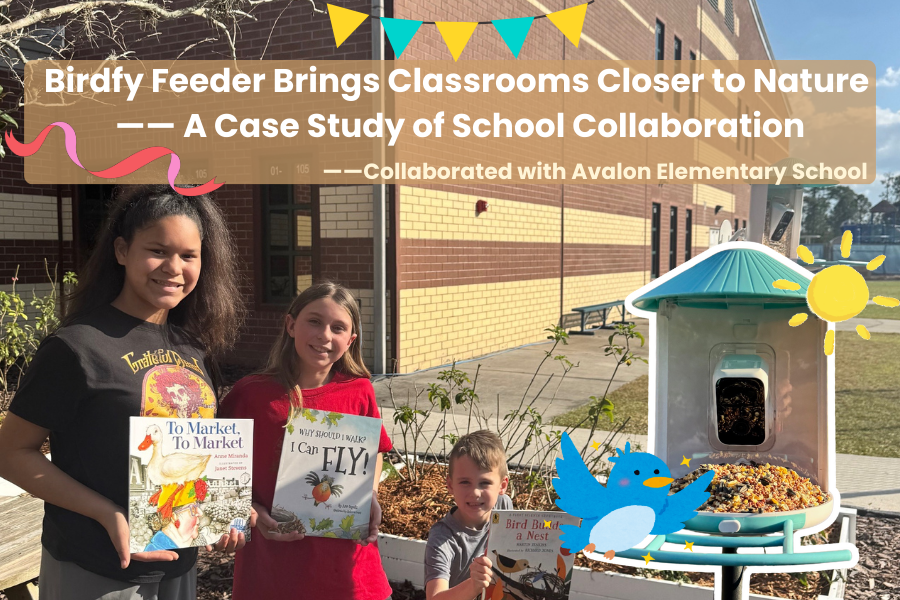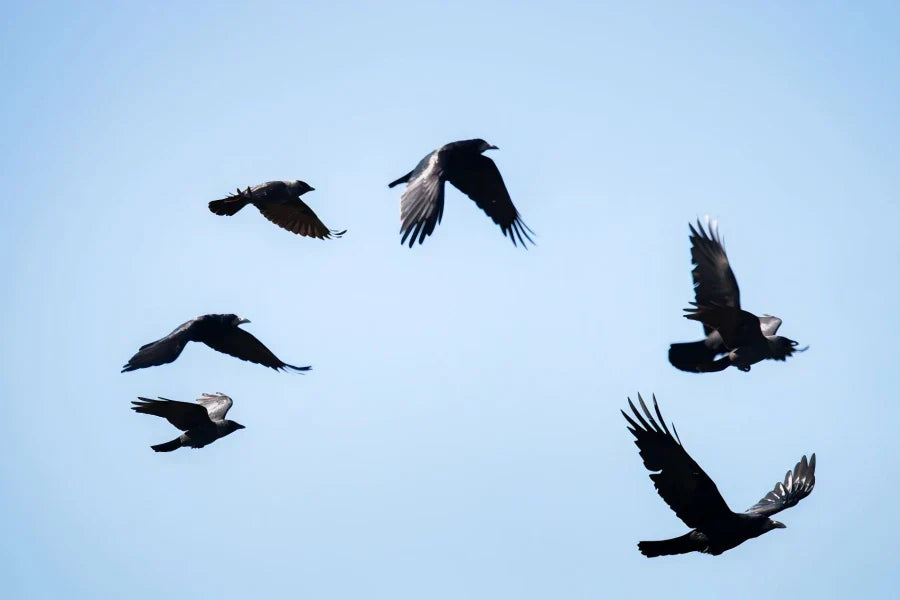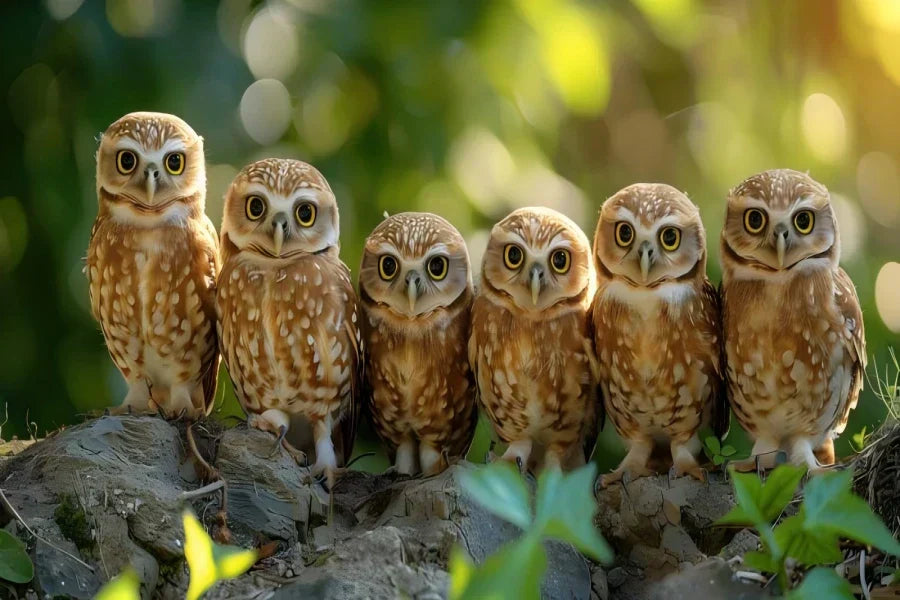10 Types Of Birds With The Largest Beaks
Birds are among the most diverse species on Earth. They are always perfectly adapted to their environment and lifestyle. Another interesting feature of a bird is its beak. The beak is not just the part of the bird used to get food; it gives clues about behavior, diet, and ancestry. From the bill as big as the pelican’s head to the horn-like casque of the hornbill, large beaks depict some survival trends; hence, some bird species are quite interesting to explain.
This article explores ten bird species renowned for their impressively large beaks. It focuses on their beaks' shape, size, and function and explains their looks, homes, and activities. It becomes easier to appreciate how beak morphology serves the various environments for improving birds’ survival, as portrayed by these birds.
Toco Toucan
It is a large-headed bird of South American rainforests renowned for its vast, vivid orange-yellow casque, used for extracting fruits and controlling heat.

Habitat:
Toco Toucans originated in tropical rainforests across the South American littoral, including Brazil, Argentina, and Paraguay. These birds are commonly observed in open woodlands and savannas, where they have simple access to several fruit-producing trees.
Appearance:
The Toco Toucan is a colorful bird with a vibrant orange-yellow beak and black, shiny, glossy feathers on the other parts of its body. It has a white throat patch in the middle of its dark-colored body and blue skin around its eyes.
Characteristics:
- Beak Type: Toco Toucan has a relatively narrow, lightweight beak that is up to 7.5 cm long. There is a beak equipped with the structure of a weapon, and it is made of keratin but contains the presence of hollows, and it is a relatively small but efficient tool.
- Feather Type: Females have dull-colored smooth plumage meant to ward off water in wet regions of the Amazon.
- Weight: Around 500 to 860 grams.
- Size: This bird is 25 inches tall.
- Wingspan: Its wingspan is about 60 inches.
- Life Span: The Toco Toucan can live between 16 and 20 years in the wild.
Feeding Habits:
Toucans are mainly frugivorous but feed on insects, eggs, and lizards.
Mating Habits:
Toco Toucans nest as monogamous breeding pairs and males and females exhibit playful courtship behavior by feeding each other fruits.
Fun Facts:
- Toco Toucans control their body temperature by changing the blood supply in their beaks.
- They use beaks to pull fruits off tree branches.
- They cannot bear the fruit-feeding birds’ weight.
Australian Pelican
This bird species has the most enormous beak of any of them, and it fishes using the pouch to scoop water and the fish when sailing gracefully over lakes and rivers.

Habitat:
Australian Pelicans inhabit ponds, rivers, and coastal lagoons throughout Australia and New Zealand. They are also found in some regions of Southeast Asia.
Appearance:
This pelican species has white plumage, black primaries, and a massive pink upper bilobed mandible. The start of the beak, which has ridges and grooves on the mouth, is seen most clearly when the mouth is open to contain water or food.
Characteristics:
- Beak Type: Easily recognizable, it has one of the most extended beaks, measuring up to 19 inches long. It forms a beak used in scooping fish and cutting a water pocket where it’s kept.
- Feather Type: In this species, the feathers of the Australian Pelicans are waterproof, making them float on water while also acting as an excellent insulating layer.
- Weight: Ranges between 4 and 6.8 kilograms.
- Size: The size of this bird is 170 meters.
- Wingspan: These birds have a wing span of 2.2-2.6 meters.
- Life Span: They usually survive for about fifteen to twenty-five years.
Feeding Habits:
Australian Pelicans mainly feed on fish, which is caught using the pouch at the end of the beak.
Mating Habits:
Like most birds of paradise, males perform fancy mating and aerial acrobatics and clap their beaks.
Fun Facts:
- The Australian Pelicans can pick up to 13 liters of water in their beaks.
- They can also hunt cooperatively, chasing fish into shallow water with others.
Shoebill Stork
It is a giant bird of South American swamps. It has a ‘shoe-like' beak and is used for grasping big fish.

Habitat:
Native to East Africa, you can find Shoebill Storks in swamps, marshes, and wetlands near freshwater sources. Their preferred habitat includes areas with dense vegetation and abundant fish.
Appearance:
This large, shoe-shaped beak of it characterizes it. Its body color is usually grey-blue. Due to its serious grimace and massive head, it remains an unforgettable sight.
Characteristics:
- Beak Type: The Shoebill is identified by its large bill, which ranges between 5 and 9 inches in width, and hooks at the point where the two halves of the upper mandible come together.
- Feather Type: Their feathers are thick and waterproof, which helps when dwelling in a region with many swamps.
- Weight: Its weights range from 4 to 7 kilograms.
- Size: It can be 1.6-1.8 meters long.
- Wingspan: It has a wing span of about 2.3-2.5 meters.
- Life Span: In the wild, they live for about 35 years.
Feeding Habits:
Shoebills feed on lungfish, eels, and small reptiles and favor shoebills' beaks, which clamp and decapitate them.
Mating Habits:
These storks' hereditary behavior makes them desert dwellers who prefer to construct large nests in extensive solitary wetlands away from human interference.
Fun Facts:
- Shoebills are famous for their inactivity for quite a long time while waiting for their prey to approach them.
- Their beaks are powerful enough to break a lungfish’s head using their beak in a single shot.
Rhinoceros Hornbill
This large Southeast Asian forest bird has a massive gland above the curved bill for sounding and making long calls during courting.
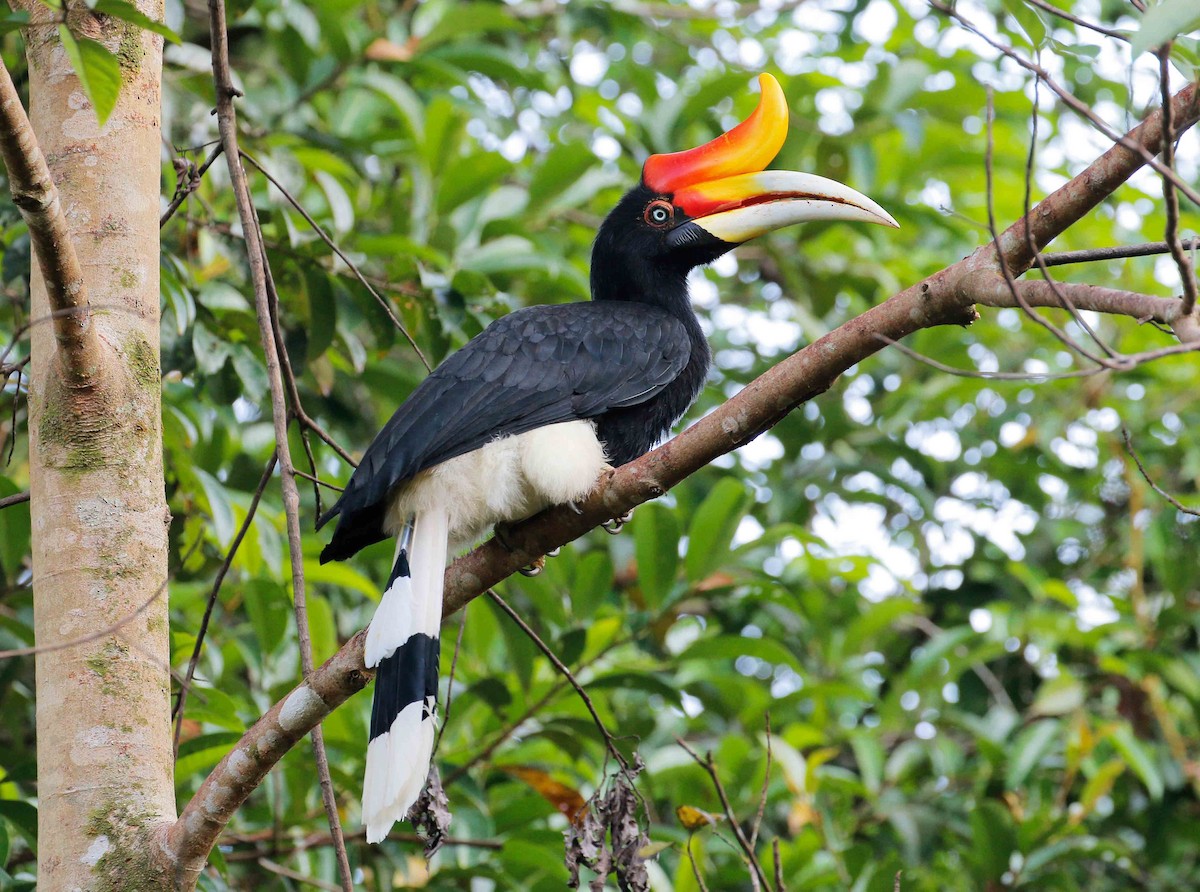
Habitat:
Popularly known in the Southeast Asian rainforests, Rhinoceros Hornbills are found in countries such as Indonesia, Malaysia, and Thailand. They prefer to live in areas with heavy forest cover containing fig trees.
Appearance:
This bird's curved orange crest on its beak is easily distinguished from the rest of its black feathers and white tail.
Characteristics:
- Beak Type: The beak is long and dark-curved, with a bright-colored casque at the back. It is used during courtship and territorial assertion.
- Feather Type: These include shiny-looking feathers that come in handy when moving around the forest canopy.
- Weight: Around 2 to 3 kilograms.
- Size: These birds are 43-47 inches long.
- Wingspan: These birds have an approximate wing span of 59-70 inches.
- Life Span: They live up to 35 years.
Feeding Habits:
Rhinoceros Hornbills feed mainly on fruits, especially figs, insects, and other forms of small animals.
Mating Habits:
It is a monogamous species; the female invokes a hollowed-out tree trunk in which she lays and breeds and depends on the male for food supply.
Fun Facts:
- These are held sacred in some cultures and are associated with purity, especially for the female gender. They are also a symbol of loyalty.
- Their casque also boosts calls; hence, their cries are heard several kilometers away.
Black Skimmer
A sea bird with an upside-down structure – the lower mandible outgrows the superior one; thus, the bird takes fish from the water's surface with this unique tool.

Habitat:
Black Skimmers are mountainous birds of the coast seen in the North and South American regions. They are found in shorelines of sand, estuaries, seashores, and lagoons.
Appearance:
They are black and white with red legs and a pronounced asymmetric beak, with a red portion at the bottom and a black contour at the top.
Characteristics:
- Beak Type: The lower jaw extends beyond the upper jaw so they can touch the water's surface when searching for fish.
- Feather Type: Their feathers are smooth and designed for avian predation.
- Weight: Around 200 to 400 grams.
- Size: They are 20 inches in size.
- Wingspan: Their wingspan is up to 44-50 inches.
- Life Span: They live about 20 years.
Feeding Habits:
These birds catch fish by splashing their open mouth through the water while flying.
Mating Habits:
Breeding Black Skimmers are formally monogamous and are known to adopt a ground-nesting habit.
Fun Facts:
- They are the only bird species that feed like this when skimming low over the water's surface.
- Black Skimmers’ pupils can contract to become skinny bar-like to minimize glare from water.
American White Pelican
A large and gregarious feeder with a long, saccate beak feeds on fish in shoals, sometimes co-operatively driving shoals of prey towards shallow water.

Habitat:
The American White Pelican breeds mainly in North America's freshwater lakes, marshes, and reservoirs. During winter, it moves to coastal lagoons and estuaries along the coasts of Central and South America.
Appearance:
These pelicans are beautiful in white, with black tips at the end of their wings and bright orange at the end of the bill. Their size and beautifully floating flight make it mouth-watering to watch them.
Characteristics:
- Beak Type: They have very long beaks, ranging from 7 to 14 inches long, which allows them to have compartments that catch and hold fish.
- Feather Type: They have a compact, oil-bath pelage, which will help them to float;
- Weight: They range from 5 to 9 kilograms.
- Size: Their size is about 50-70 inches long.
- Wingspan: These birds have a wingspan of 95-120 inches.
- Life Span: About 16 to 25 years allows these birds to live in the wild as planned.
Feeding Habits:
These birds can actively coordinate a large group and trap fish in shallow waters with their beak.
Mating Habits:
Males and females perform synchronized courtship displays, and pairs remain together for the breeding season.
Fun Facts:
- They are known to feed not by plunging like other pelican species but by diving and using their lower mandibles to scoop fish while swimming.
- Their beak develops a temporary, horn-like structure in the beak during their breeding season.
Southern Ground Hornbill
It is a ground-dwelling savanna bird with a powerful, sharply curved beak used to dig for food, hunt, or call on the ground to summon others.

Habitat:
Southern Ground Hornbills live in savannas, grassland, and open wooded areas in the sub-Saharan region. They prefer areas with sparse vegetation to facilitate ground foraging.
Appearance:
It has a black plumage with a bright red face and hindneck, with variable amounts of white and grey bills. With a long, curved beak to blade, their bill is substantial, significant, and proportional to the bird’s impressive stature.
Characteristics:
- Beak Type: Their beaks are good, shaped, and curved, and they can dig and hunt small animals.
- Feather Type: Its plumage is beribboned, with the color of its plumage being rough and dull to facilitate blending into the vegetation.
- Weight: Depending on the breed, they may weigh around 3-6 kilos.
- Size: Their size is 4 ft 3 inches.
- Wingspan: They have a wingspread of Up to 5 ft 11 in.
- Life Span: These birds may live as long as fifty years, probably one of the longest-lived birds in the world.
Feeding Habits:
These are carnivorous since they capture and devour small insects, rodents, and even reptiles.
Mating Habits:
Hornbills are monogamous birds, and during courtship, the male offers the female a titbit.
Fun Facts:
- They play a crucial role in folklore and are considered patrons of rain and fertility.
- These hornbills feed on hard-shelled animals such as tortoises and use their beaks to open them.
Great Hornbill
Colorful bird of the Asian tropical zones; large, banana-like bill, topped with a casque; which it uses for courtship displays and breaking tough fruits.

Habitat:
Hornbills are tropical birds found in the South and Southeast Asian regions, including India, Bhutan, and Indonesia. They prefer the never regions, often in tall, dense tropical forests.
Appearance:
The Great Hornbill is an iconic bird with a massive yellow casque atop its beak. It is also characterized by black-and-white colors, wings, claws, and impressively long tail coverts.
Characteristics:
- Beak Type: The beak is thus curved, strong, and balanced by the casque, employed in the displays of courtship and territoriality.
- Feather Type: The brightness of the feathery skin enables them to camouflage with the forest top end.
- Weight: They weigh between 2.5 and 4 kilograms.
- Size: The Great Hornbill has a size of 37.4-47.24 inches.
- Wingspan: An adult Great Hornbill has a wingspan 59-70 inches.
- Life Span: In the wild, its life span is scientifically estimated to be between 30 and 40 years.
Feeding Habits:
These are frugivorous birds that feed mainly on fruits, with occasional feeds on insects and other small animals.
Mating Habits:
The female seals itself in a tree hole during mating, only opening up a chink through which the male brings in food.
Fun Facts:
- They are vital seed dispersers for tropical forests, aiding in forest regeneration.
- Their calls can be heard up to one kilometer away, and the monarchs are known for their loud voices.
Black-Casqued Hornbill
It is endemic to the African rainforest and features a prominent casque and robust, sharp beak that opens fruits and amplifies calls.
Habitat:
The Black-Casqued Hornbill is a bird that lives in the tropical rain forests of central and western Africa, including countries such as Gabon and Cameroon. It is suggested that it prefers thickly wooded areas with a plentiful supply of fruiting trees.
Appearance:
This bird looks like any other bird of the crow family but has a black color, a white-with-an-ivory look on the casque, and long tail feathers. Its highly developed beak adds to its giant size in general.
Characteristics:
- Beak Type: The broad, massive bill, is used for cracking nuts and nest construction as well as in battle.
- Feather Type: The birds are glossy black, which helps them camouflage easily in the forest region.
- Weight: These hornbills weigh between 2.5 and 3.5 kilograms.
- Size: Their size is 70 cm.
- Wingspan: The wingspan of these birds is 368–440 mm for males and 330–375 mm for females.
- Life Span: They live about 30 years in the wild.
Feeding Habits:
Some species feed on fruits, while those that cannot get fruits feed on small animals and insects.
Mating Habits:
As in other species of hornbills, the female is enclosed in a tree hole during incubation and mainly depends on the male for feeding.
Fun Facts:
- By their casque, their calls become louder, and he turns his casque into a resonance chamber.
- A group of Black-Casqued Hornbills are commonly sighted in small flocks.
Marabou Stork
A large scavenger with a heavy densely long pointed beak, which is suitable for ripping off carcasses and facilitating the cleaning of landscapes in Africa’s savannas and wetlands.

Habitat:
The Black-Casqued Hornbill is a bird that lives in the tropical rain forests of central and western Africa, including countries such as Gabon and Cameroon. It is suggested that it prefers thickly wooded areas with a plentiful supply of fruiting trees.
Appearance:
These are large, bald birds with dark grey plumage and a huge bill. The skin hanging at the bird’s throat is flabby and hangs low.
Characteristics:
- Beak Type: Their large, sharply pointed bill is perfect for sorting and tearing the carrion initially.
- Feather Type: They have few coarse feathers, contributing to their adaptation to hot environments.
- Weight: Their size ranges from 4 kilograms to 8 kilograms.
- Size: The size of these birds is 54-60 inches.
- Wingspan: Marabou Storks have a wingspan of up to 156 inches.
- Life Span: These storks are adapted to live for another 25 years in the wild.
Feeding Habits:
It feeds on carrion besides small mammals and can even feed on garbage.
Mating Habits:
In breeding season, males engage in various displays, one of the most striking being inconsistent beak clapping.
Fun Facts:
- Marabou Storks are often called “undertaker birds” because of their appearance.
- As scavengers, they are instrumental in ecosystems since they feed on carcasses, cleaning the environment.
Conclusion
Birds with the biggest beaks are some of the most interesting species. Every kind illustrates how the genes relate to beak size and shape regarding their interactions with the environment, such as fishing, opening fruits, or gathering carcasses. Their unique characteristics, behaviors, and appearances reflect nature's incredible diversity and resilience. The knowledge about these fascinating birds helps improve the understanding of bird life and promotes the cause of protecting their habitats and ensuring their existence.
Share



